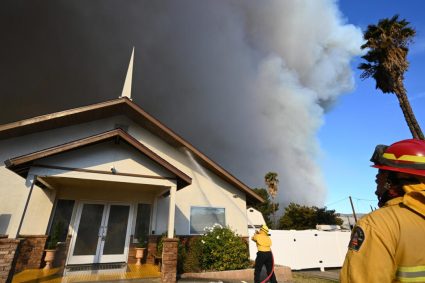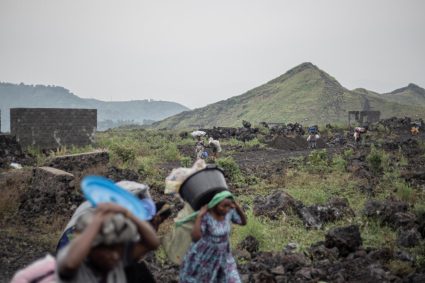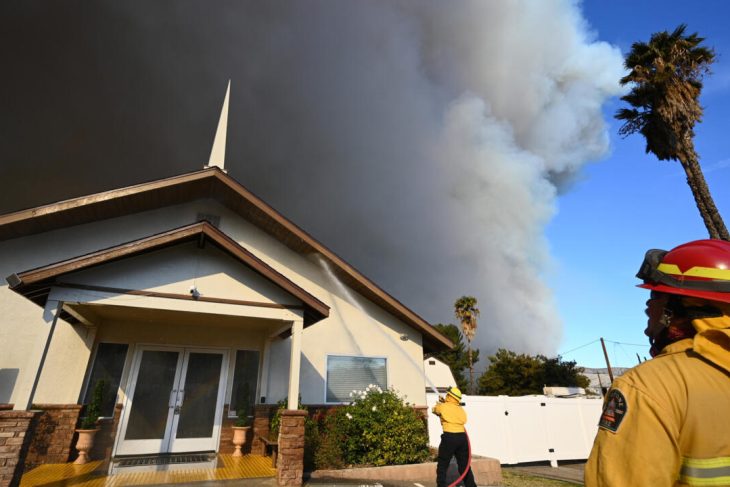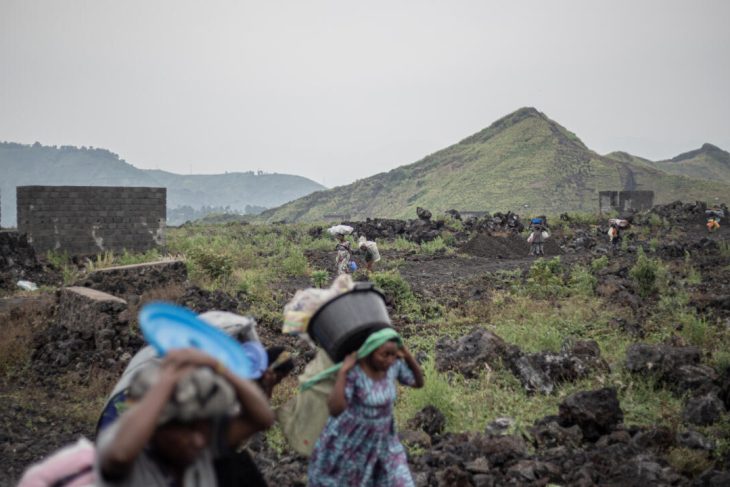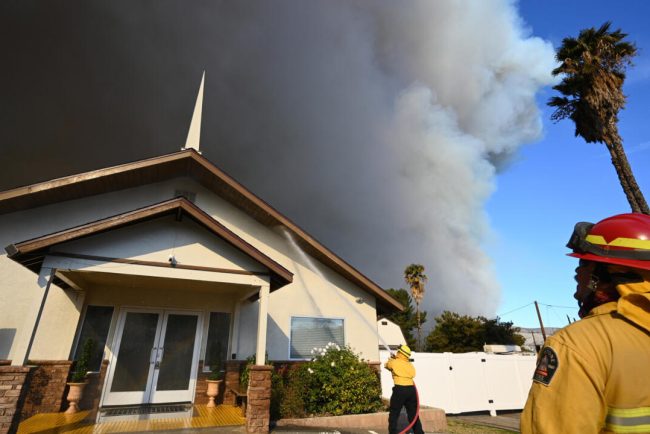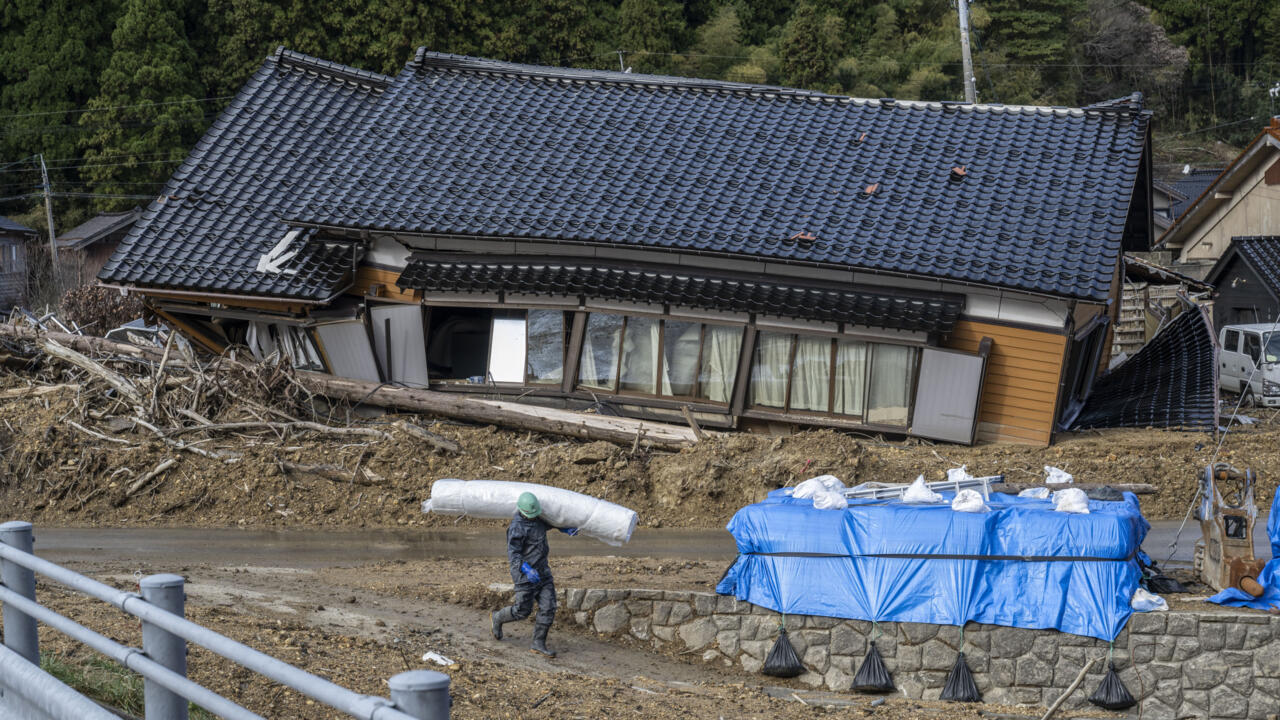
An army of demolition crews operate heavy trucks on pavements warped into wavy, uneven surfaces, but locals say much more is still needed to clear the destruction.
After the earthquake “we received various forms of external support, and there was an emerging sense that everyone was going to start over”, Wajima city official Yasuaki Ipponmatsu told AFP.
“But the torrential rain swept away everything, and people had to go back to square one,” he said. “That was very difficult.”
New Year is an important period of rest for Japanese families, so when the strongest of several quakes hit in the afternoon of January 1, 2024, Naka was at home with her husband.
Its force knocked them to the floor as the foundations of their house dropped half a metre (1.6 feet).
“A big roar came from the house next door. Their house crashed down on ours, leaning on it,” she recounted. “I thought, ‘This cannot be’.”
The couple’s family home was among the newer structures in their Wajima neighbourhood, built after a 6.9-magnitude earthquake in 2007 destroyed their last house.
“When I remember what happened, I can only cry,” Naka said.
The quake significantly damaged more than 100,000 buildings and completely destroyed over 6,000 across the region of Ishikawa.
‘Straight for extinction’
The disasters and slow recovery have prompted many Noto Peninsula residents to start new lives elsewhere, aggravating an existing depopulation crisis as Japan’s citizenry ages.
Around 21,000 people now live in Wajima, 2,500 fewer than last year. A decade ago the city was home to nearly 30,000.
“Would they decide to build new homes and return? I think it will be hard,” said Chugo Maruyama, who helps operate a large evacuation shelter in Suzu city, next to Wajima.
“I think our town could be headed straight for extinction,” the 70-year-old added.



